How to take cuttings from Mulberry tree?
callieca
16 years ago
Related Stories
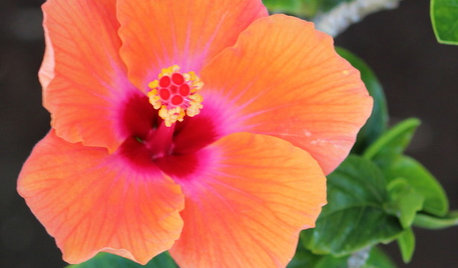
GARDENING GUIDES8 Take-Home Planting Ideas From Hawaii's Big Island
Bring the tropical spirit of Hawaii to a mainland garden — for a summer or even longer
Full Story
HOLIDAYSHow to Care for Your Christmas Tree
Keep your tree looking lush until the last ornament is packed away with these tips for watering, using stands and more
Full Story
TRAVEL BY DESIGN11 Amazing Home-Away-From-Home Tree Houses Around the World
Go climb a tree — and spend the night. Tree house hotels and lodges are booming as exotic vacation alternatives
Full Story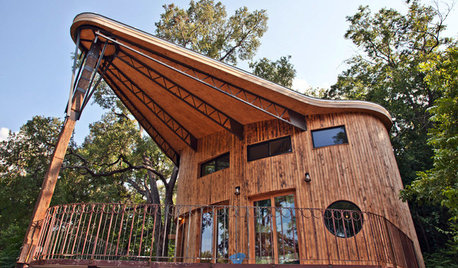
HOUZZ TOURSMy Houzz: A Reclaimed Wood House Rises From the Trees
Scorched siding, thoughtfully repurposed furnishings and a connection to both family and nature shine in this designer's new build
Full Story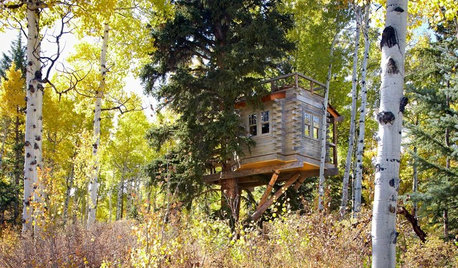
TREE HOUSESSwaying From Sleepovers to Dinner Parties in a Colorado Tree House
Folks of all ages have it made in the shade in this fun little house, thanks to electricity, a kitchenette and a rooftop deck
Full Story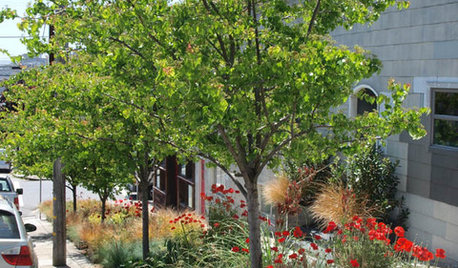
CURB APPEALTake Your Hell Strip to Heavenly Heights: 8 Design Ideas
Trade weedy dirt and trash for a parking strip filled with wispy grasses, low-growing flowers and textural trees
Full Story
DECORATING GUIDESTake Your Home Tropical With Caribbean Chic
Give winter the boot with the colors, fabrics and furniture of sophisticated island style — not a palm tree in sight
Full Story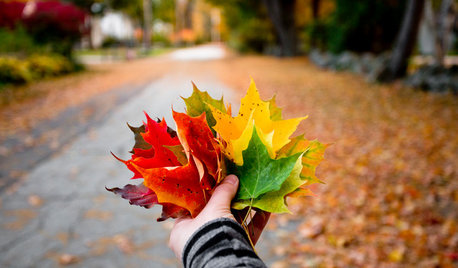
TRAVEL BY DESIGNHouzz TV: Take a Leaf-Peeping Road Trip in New England
Ride along with a Houzz contributing photographer to see gorgeous autumn eye candy from New York to New Hampshire
Full Story
GARDENING GUIDESTree Care: Common Tree Diseases and What to Do About Them
Learn to recognize trees that may be affected by diseases or pests so you can quickly take action
Full Story
GARDENING GUIDESHow to Keep Your Trees Healthy
Ensure your trees’ vigor for years to come with these tips for protecting roots, watering effectively and more
Full Story








MissSherry
pineresin
Related Professionals
Camas Landscape Architects & Landscape Designers · Franconia Landscape Architects & Landscape Designers · Maple Heights Landscape Architects & Landscape Designers · Alamo Landscape Contractors · Battle Ground Landscape Contractors · Lorain Landscape Contractors · Mission Viejo Landscape Contractors · Munster Landscape Contractors · Oakland Landscape Contractors · Post Falls Landscape Contractors · 07920 Landscape Contractors · Grand Rapids Decks, Patios & Outdoor Enclosures · Miami Decks, Patios & Outdoor Enclosures · Midwest City Decks, Patios & Outdoor Enclosures · West Bend Decks, Patios & Outdoor Enclosuresscot_mcpherson_gmail_com